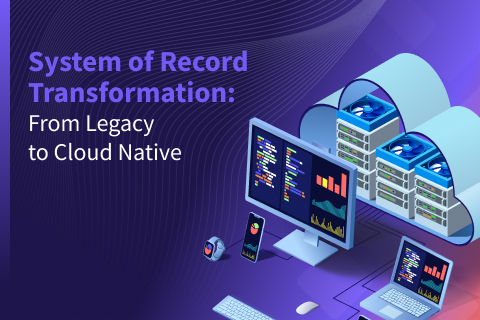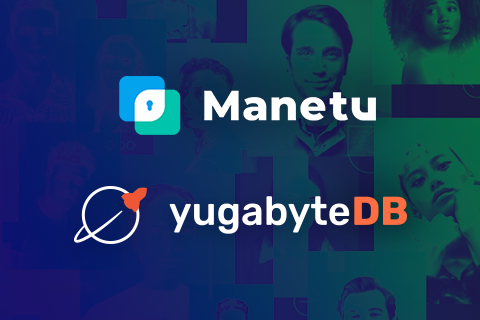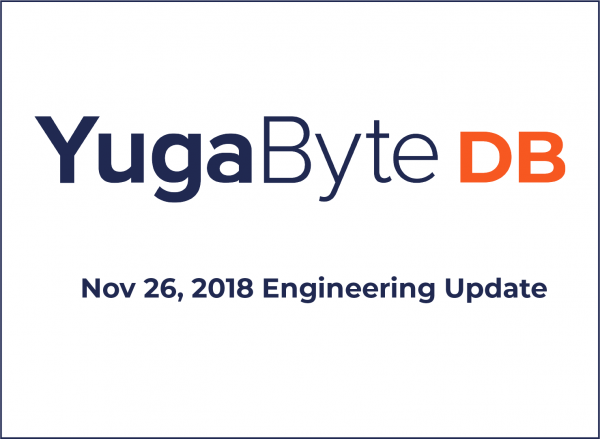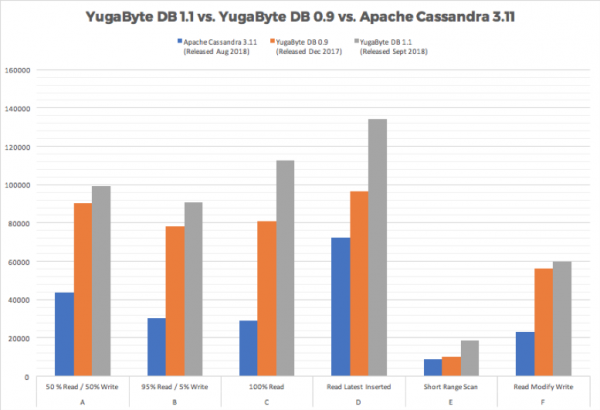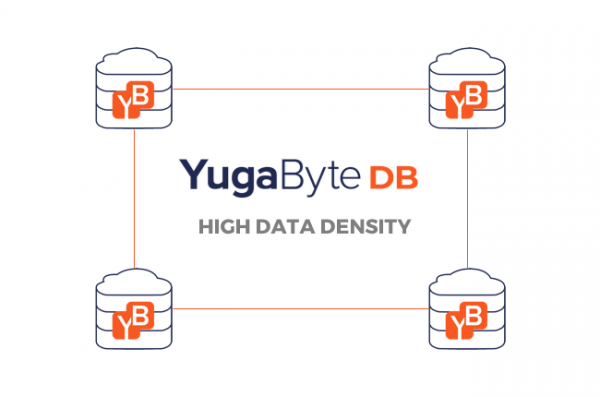System of Record Transformation: From Legacy to Cloud Native
Yugabyte helps Fortune 500 companies modernize their systems of record, which are integral to the web-based interactions of their customers. These systems require accuracy, consistency, and resiliency. Strategies like replication and sharding help maintain high availability in a cloud native world.
